Armenian Cuisine: Traditional Dishes and Their Stories
Armenian cuisine, a rich blend of flavors and traditions, embodies the heart of Armenian culture. With its diverse ingredients and age-old recipes, each dish tells a story of the country’s history and heritage.
A Taste of Tradition: Armenian cuisine is more than just food; it’s a celebration of life and culture. Each region of Armenia boasts its unique dishes, crafted with local ingredients and traditional methods. The preparation of these dishes often involves intricate techniques passed down through generations.
Signature Dishes:One of the most iconic dishes is Dolma, grape lea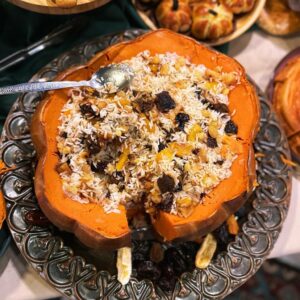 ves stuffed with rice and minced meat, seasoned with a blend of herbs. Khorovats, Armenian barbecue, is another favorite, featuring marinated meats grilled to perfection. Lavash, a thin flatbread, is a staple at every Armenian meal, often used to wrap other foods. Harissa, a comforting porridge made from wheat and meat, typically lamb or chicken, is a traditional dish enjoyed during festivals.Ghapama is another beloved dish, especially during festive seasons. It’s a pumpkin stuffed with rice, dried fruits, nuts, and honey, baked to a deliciously sweet and savory treat.
ves stuffed with rice and minced meat, seasoned with a blend of herbs. Khorovats, Armenian barbecue, is another favorite, featuring marinated meats grilled to perfection. Lavash, a thin flatbread, is a staple at every Armenian meal, often used to wrap other foods. Harissa, a comforting porridge made from wheat and meat, typically lamb or chicken, is a traditional dish enjoyed during festivals.Ghapama is another beloved dish, especially during festive seasons. It’s a pumpkin stuffed with rice, dried fruits, nuts, and honey, baked to a deliciously sweet and savory treat.
Festive Dishes:
Armenian cuisine features a variety of dishes that are prepared specifically for holidays and special occasions. Pasuts Tolma, a vegetarian version of dolma made during Lent, uses a mixture of grains, legumes, and dried fruits. Khash, a rich soup made from slowly simmered cow or sheep parts, is traditionally enjoyed during winter, especially after long celebrations. Gata, a sweet pastry filled with a buttery mixture of flour and sugar, is commonly made for celebrations, symbolizing good fortune and prosperity.In ancient times, Tarehats (New Year’s Bread) was the most important symbol on the Armenian New Year’s table. The custom of celebrating the New Year with new bread was a tradition upheld by our ancestors.
Cultural Significance: Armenian cuisine is deeply intertwined with the country’s cultural and religious practices. Special dishes are prepared for holidays and family gatherings, each meal reflecting the season and the occasion. These culinary traditions are a way for Armenians to connect with their roots and celebrate their heritage.
Preserving Culinary Heritage: Despite the modern world’s changes, Armenians continue to cherish and preserve their culinary traditions. From family recipes handed down through generations to new interpretations of classic dishes, Armenian cuisine remains a vibrant and essential part of the nation’s cultural identity.
Experience Armenian Cuisine: At Red Hat Tours, we offer a unique culinary experience for our guests. Join us for a traditional Armenian meal, where you can savor the rich flavors and learn the stories behind each dish. For more information or to book your culinary adventure, please email us at info@redhattours.com.
In conclusion, Armenian cuisine is a testament to the country’s rich history and cultural diversity. From hearty stews to delicate pastries, each dish is a celebration of Armenian heritage, making it an unforgettable part of any visit to Armenia.

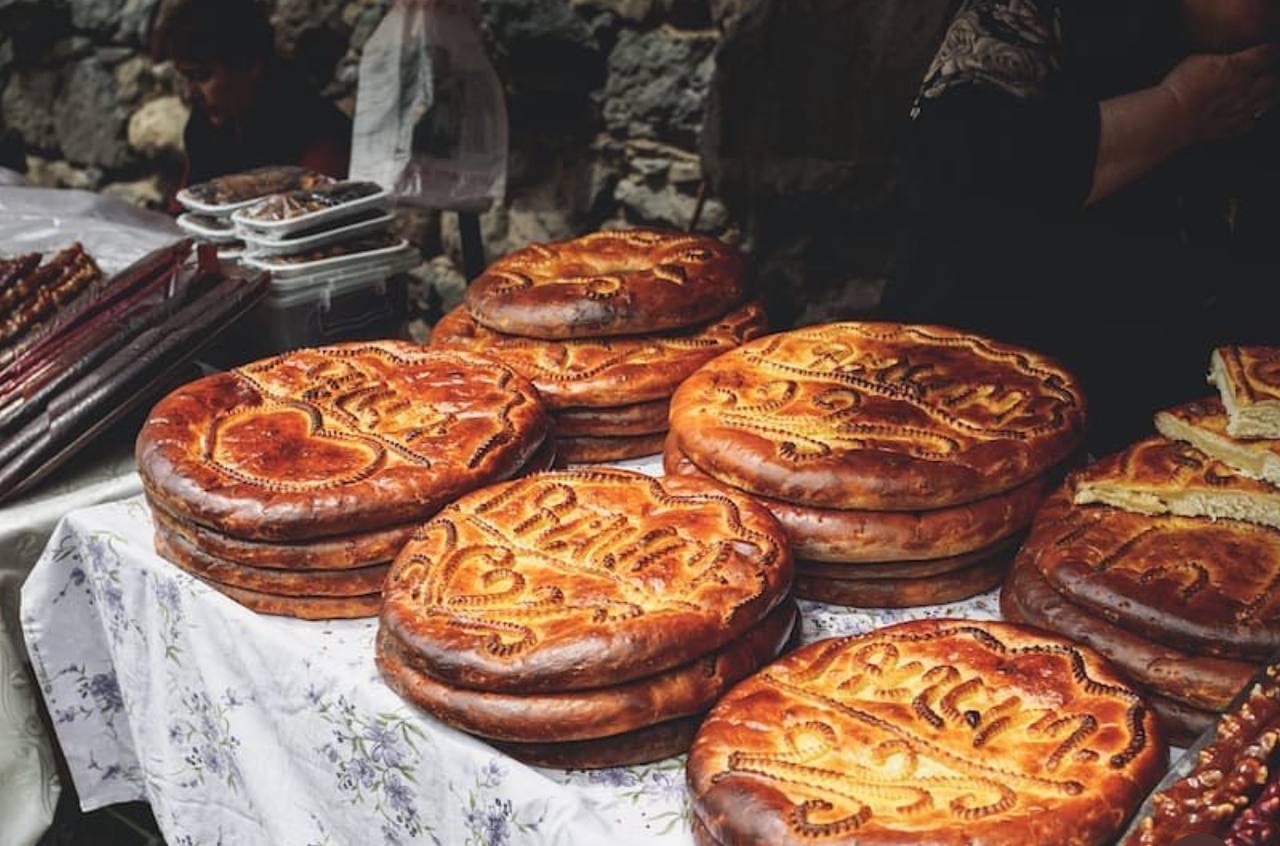

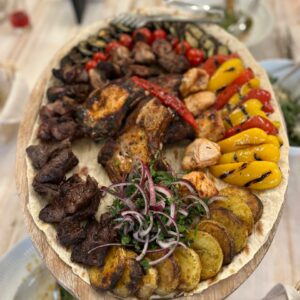
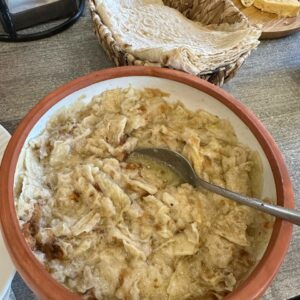
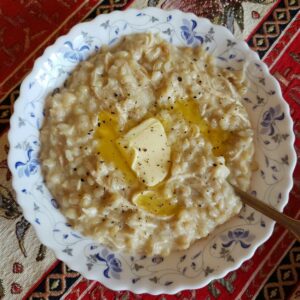
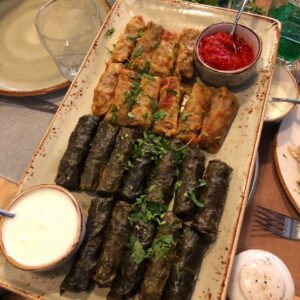
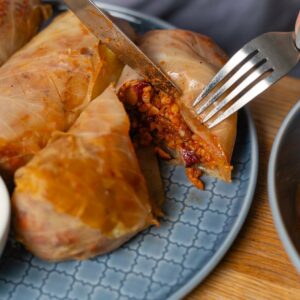
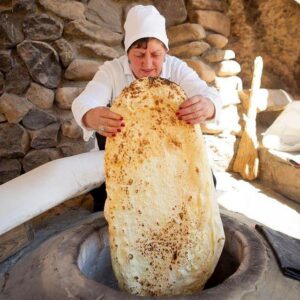
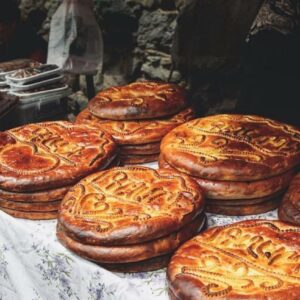
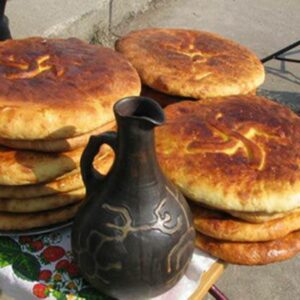
Comment (0)